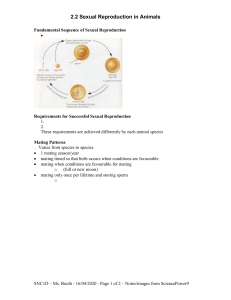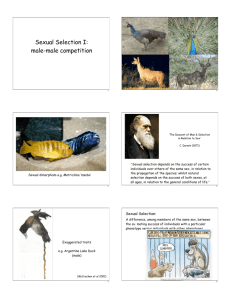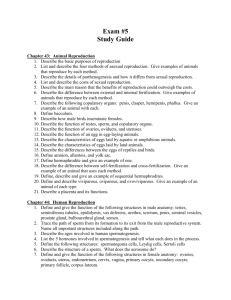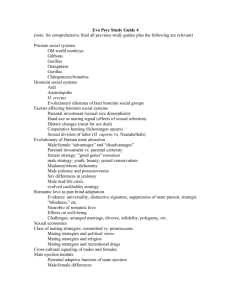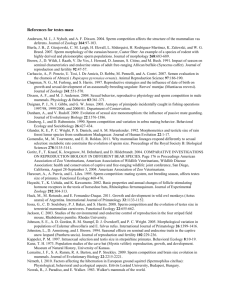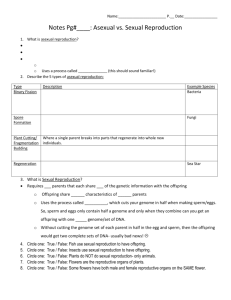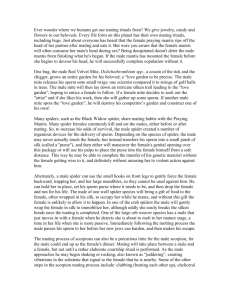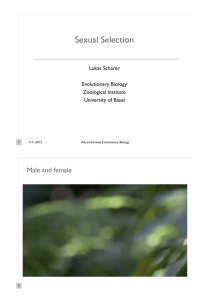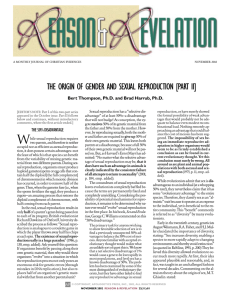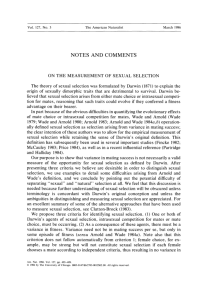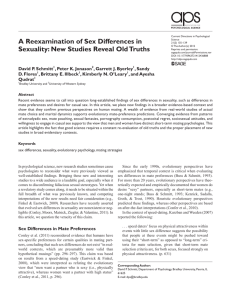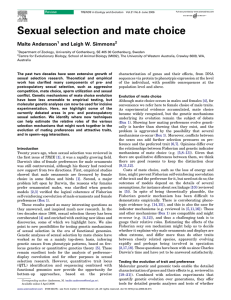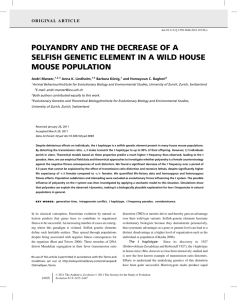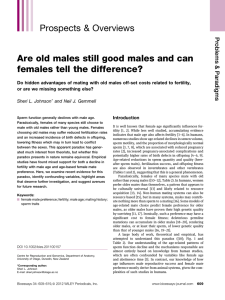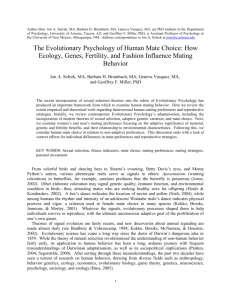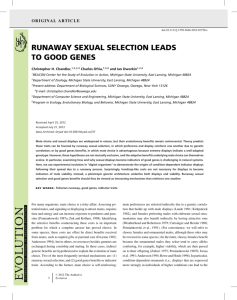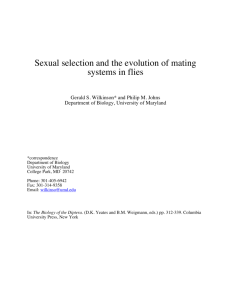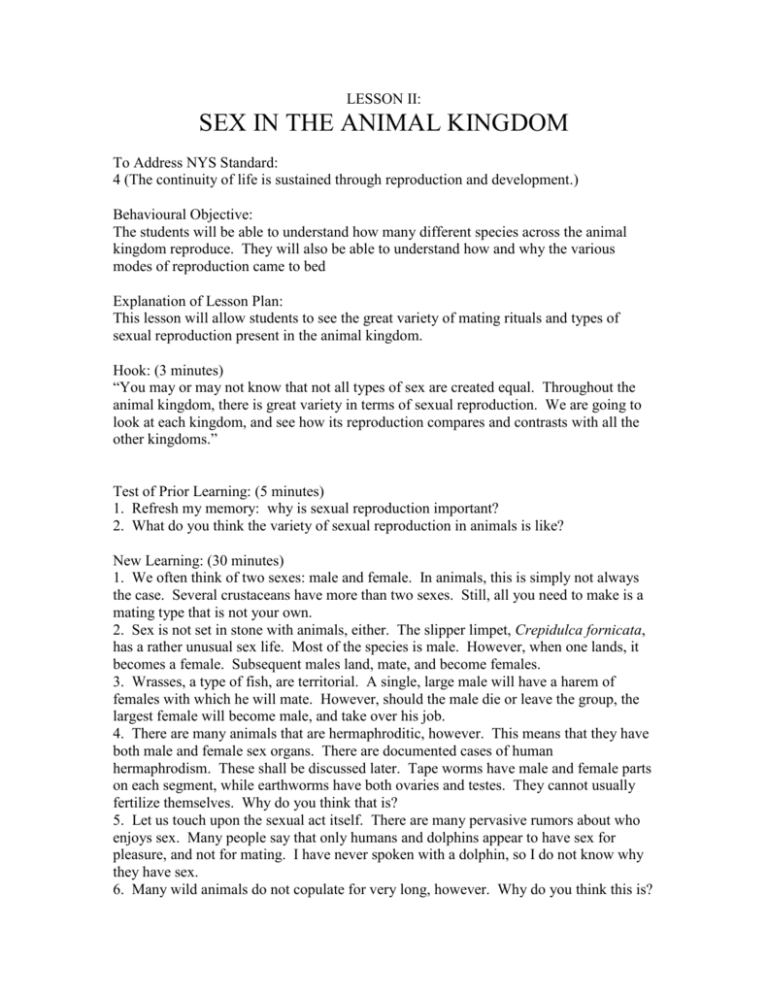
LESSON II:
SEX IN THE ANIMAL KINGDOM
To Address NYS Standard:
4 (The continuity of life is sustained through reproduction and development.)
Behavioural Objective:
The students will be able to understand how many different species across the animal
kingdom reproduce. They will also be able to understand how and why the various
modes of reproduction came to bed
Explanation of Lesson Plan:
This lesson will allow students to see the great variety of mating rituals and types of
sexual reproduction present in the animal kingdom.
Hook: (3 minutes)
“You may or may not know that not all types of sex are created equal. Throughout the
animal kingdom, there is great variety in terms of sexual reproduction. We are going to
look at each kingdom, and see how its reproduction compares and contrasts with all the
other kingdoms.”
Test of Prior Learning: (5 minutes)
1. Refresh my memory: why is sexual reproduction important?
2. What do you think the variety of sexual reproduction in animals is like?
New Learning: (30 minutes)
1. We often think of two sexes: male and female. In animals, this is simply not always
the case. Several crustaceans have more than two sexes. Still, all you need to make is a
mating type that is not your own.
2. Sex is not set in stone with animals, either. The slipper limpet, Crepidulca fornicata,
has a rather unusual sex life. Most of the species is male. However, when one lands, it
becomes a female. Subsequent males land, mate, and become females.
3. Wrasses, a type of fish, are territorial. A single, large male will have a harem of
females with which he will mate. However, should the male die or leave the group, the
largest female will become male, and take over his job.
4. There are many animals that are hermaphroditic, however. This means that they have
both male and female sex organs. There are documented cases of human
hermaphrodism. These shall be discussed later. Tape worms have male and female parts
on each segment, while earthworms have both ovaries and testes. They cannot usually
fertilize themselves. Why do you think that is?
5. Let us touch upon the sexual act itself. There are many pervasive rumors about who
enjoys sex. Many people say that only humans and dolphins appear to have sex for
pleasure, and not for mating. I have never spoken with a dolphin, so I do not know why
they have sex.
6. Many wild animals do not copulate for very long, however. Why do you think this is?
7. The purpose of copulation is to transfer sperm. This is done in a variety of manners.
Most animals deliver sperm with a penis, but not all. Some insects will make a sperm
“packet” to pass along. Some members of the scorpion family, as well as other insects do
this. There may be no actual contact.
8. Many males will be consumed after mating. The praying mantis may do this, but it is
not done with any regularity.
9. More specifically, the male redback spider does a characteristic jump into his partner’s
mouth after mating. If he is unsuccessful, he will try again.
10. Sexual cannibalism is not prevalent, but it does exist. Why do you think that is?
11. A male has to balance the fact that he has only one chance to mate, with feeding his
mate, or ensuring that other males do not mate with her.
12. Some species of bees and other insects may insert a plug into the female’s
reproductive tract after mating. Some females, and indeed, other males have evolved
ways around this, through storage of sperm, or developing penises with the ability to
scoop out competitor’s sperm.
13. Some tortoises can store sperm for many years, and select which sperm to use to
fertilize their eggs. Wasps can store sperm over one winter.
Test of New Learning: (5 minutes)
1. Why so many different types of reproduction?
2. Do you think they have evolved separately, or at the same time?
Assignment:

